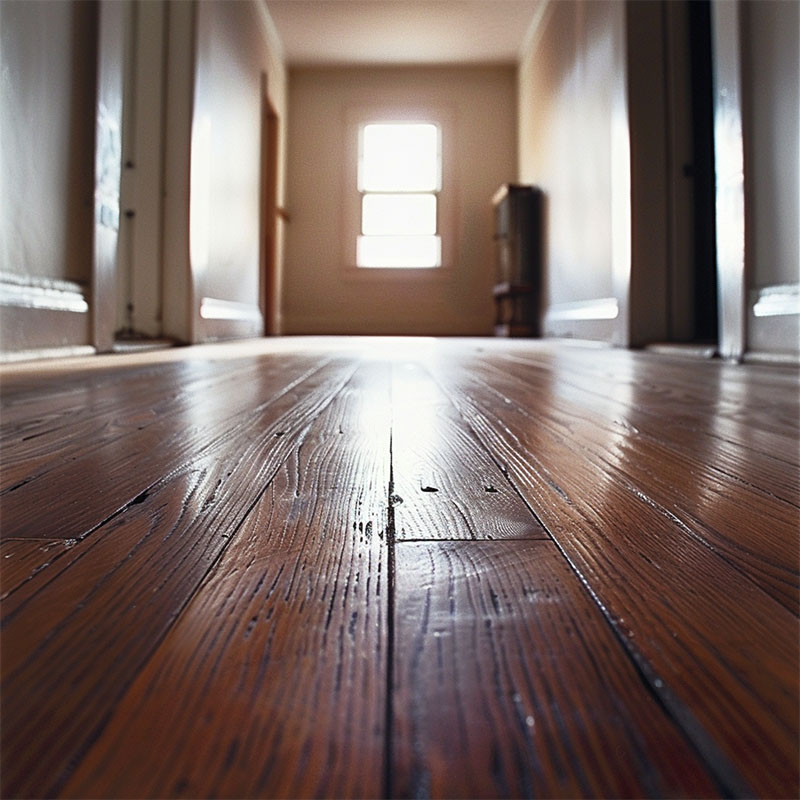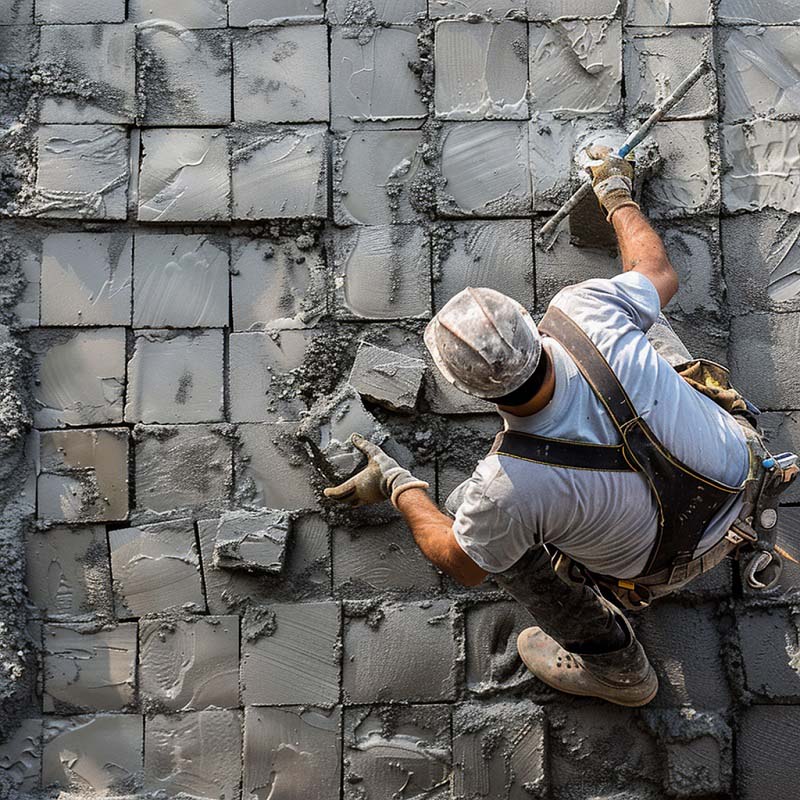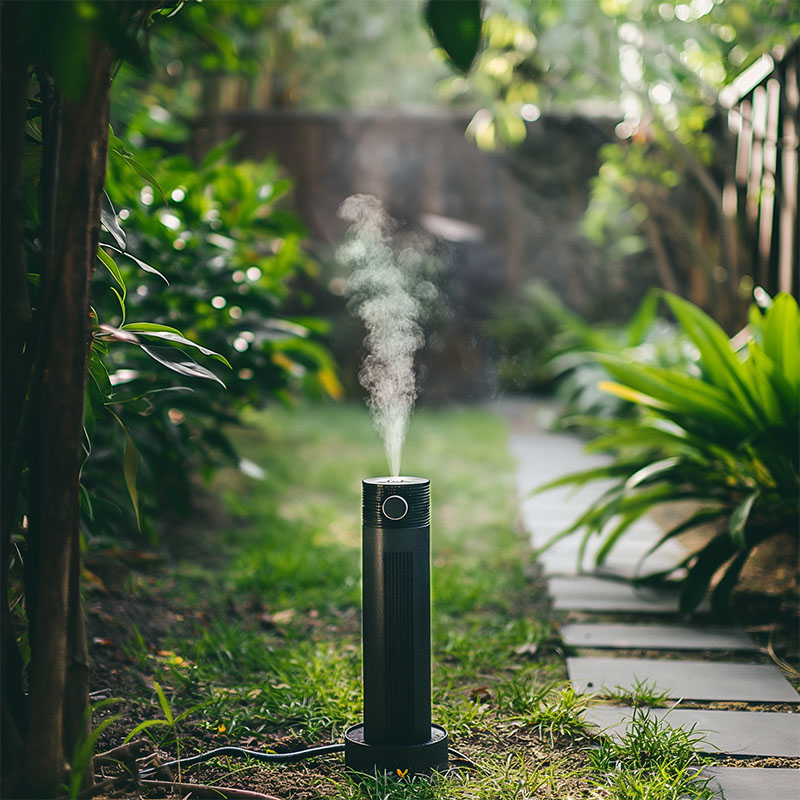You’ve just had new hardwood floors installed and you’re super excited. What’s not to love about great natural visuals and easier maintenance? But, don’t celebrate just yet. One of the most important first steps is to search for signs of a bad hardwood installation. The longer you wait, the worse a poor installation will become.
Hardwood panels typically aren’t uniform, so the signs of a bad hardwood floor installation can be easy to miss. You’ll often have to look for signs that either aren’t in plain site or are out of site entirely. We’ll cover some of the most common signs here.
Poor Setup and Planning
Your house is one-of-a-kind. The hardwood floors you’re considering may not match your home as well as you think. A competent installer will know this and ask questions before you choose new floors. Ideally, they should also inspect your space and unique requirements.
Room moisture is another important factor for most hardwood floors. Solid and low-end engineered planks naturally expand when exposed to moisture and contract during unusually dry conditions. Most flooring installers have the tools needed to test your home’s moisture levels. If they don’t, that could be a red flag.
Noisy Hardwood Panels
Hardwood floors should never creak if they’ve been installed properly. However, it’s easy to set panels incorrectly, and creaky floors are one of the most obvious signs of this problem. You should walk across new hardwood floors from a few different angles. Note any planks that creak and the area where you stepped to make them creak.
Inconsistent Gaps Between Planks
This sign of a poor installation can be tricky. Small gaps between hardwood planks can be normal, but larger gaps are not. However, there’s another problem: inconsistent gaps.
If the gaps between your planks are different sizes, this can sometimes be a sign of a bad hardwood floor installation (but not always). If it does indicate poor installation, the gaps may allow dirt and moisture to reach unwanted areas. This will likely lead to catastrophic damage over time. Plus, planks that have not been properly fitted usually wear down faster with regular use.
Note: never try to eliminate gaps with filler. Hardwood panels undergo subtle changes as temperatures and moisture levels fluctuate. It’s easy to use the wrong type or amount of filler in the wrong places. Doing so will lead to more damage and costly repairs.
Too Few Nails
There are many adhesion methods for modern hardwood floors. However, nails remain one of the most common.
Unfortunately, flooring installers frequently use too few nails when installing new hardwood panels. Loose boards are an obvious sign that your installer didn’t use enough nails.
Ultimately, there should be a minimum of two nails (or other type of fastener) per hardwood plank. They should be placed between one and three inches from the end of the plank.
Remember, you should always check your flooring’s documentation for important information about proper installation and performance even if you hired a contractor. Putting this off now will almost certainly lead to more problems later.
Premature Wear and Damage Covered in the Warranty
Hardwood flooring is very reliable when installed and cared for properly. Most warranties last decades, and some even last a lifetime. So, if you’re noticing damage that’s covered by your warranty long before it expires, and you’ve been caring for it properly, it’s probably stemming from bad installation. Some of those problems include:
- excessive gaps
- cracks
- cupping
- crowning
Unfortunately, warranties won’t always cover damage caused by bad hardwood installation. That’s why it’s important to carefully assess your new hardwood floors shortly after installation. You may even want a second opinion from a home inspector if you have the budget.
Protecting Yourself From Poor Hardwood Flooring Installations
Here are a few steps you can take to help prevent the chances of a bad hardwood floor installation:
- Don’t try to install hardwood floors as a DIY project without experience. It’s more complicated than you realize.
- In fact, don’t even try to choose a hardwood floor without professional input. Remember, every home is different.
- Vet floor stores and installers. Don’t just choose the first one you find in Google, compare every installer that you find on the first page.
- Check reviews on sites like Google, Facebook, Yelp, and Houzz.
- Watch your installers as they work. Consider it a red flag if they’re not comfortable with this, but do stay out of their way.




